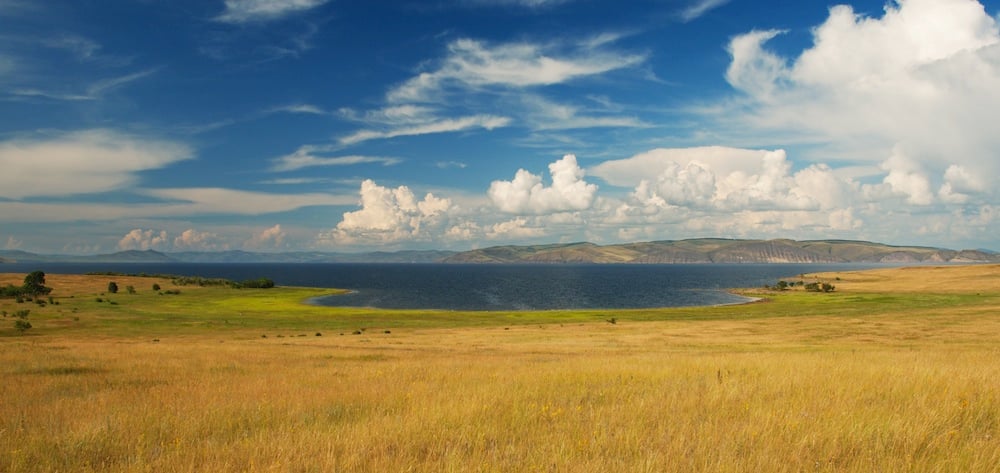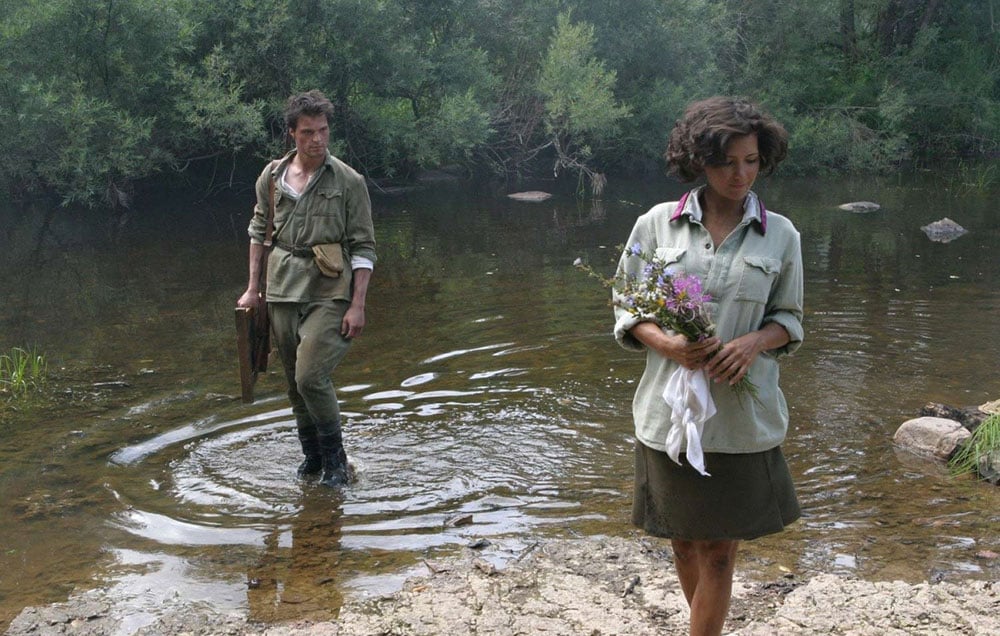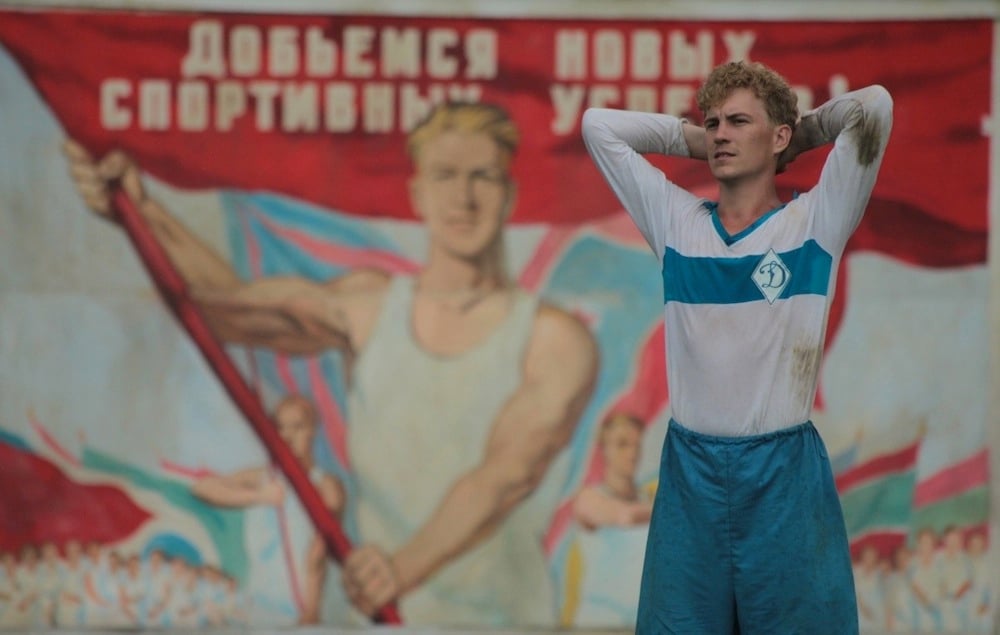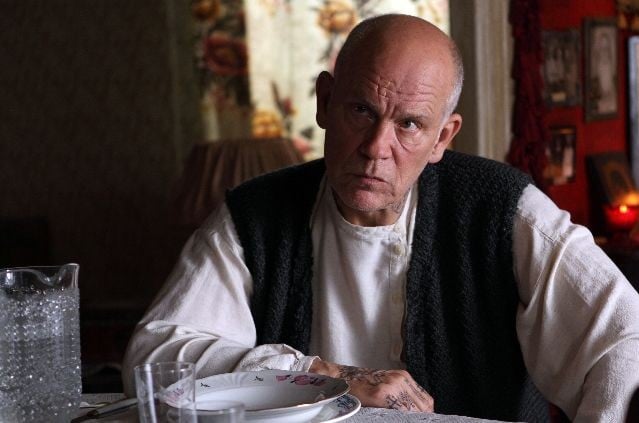Movie magic: the making of the Buryatian film industry
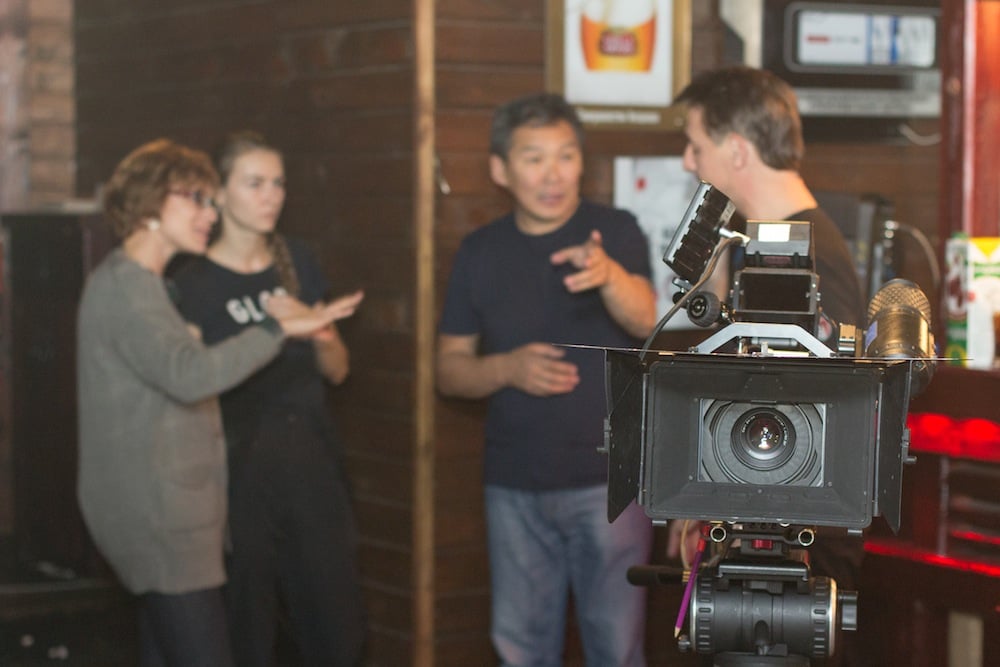
Despite its small population and isolated geographical location, Buryatia is punching above its weight with a growing number of cinematic successes
Before director Solbon Lygdenov set off to shoot his new film in the mountains of Buryatia, an autonomous republic in eastern Siberia, he prayed to the spirits of the land. The gods, he says, were on his side. “At that moment, eagles started circling above us — it was indescribably exciting,” he says. The weather too, forecast to be at least 40ºC, turned out to be balmy and perfect for filming. “It seemed as if someone out there was listening”. Although shooting on location, he didn’t have to travel far — Lygdenov is one of several filmmakers born and raised in Ulan Ude, the capital of Buryatia.
The trip to the mountains was for Lygdenov’s first feature film, Bulag, which premiered in Ulan Ude at the end of June and was sold out for weeks after. The black-and-white film follows Viktor, a former teacher whose life has been ruined by alcohol. Things only get worse when the spring on his land dries up. Although a film about the scourge of alcoholism in rural Buryatia, the drunken characters in Bulag provide comic relief. The ending too proves hopeful with the final scenes, in colour rather than black and white, depicting Viktor’s efforts to kick his habit and repair his life. “It’s a sign of a civilised people that you are able to laugh at yourself and that you’re not afraid to be critical and bold enough to tell the truth, ” says Lygdenov. “Maybe when they’ve watched the film, someone might decide to get drunk less often, at least a little bit anyway.”
“It’s a sign of a civilised people that you are able to laugh at yourself and that you’re not afraid to be critical and bold enough to tell the truth”
Bulag is just one of a series of films made in the region in recent years. Although small-scale in both its output and distribution when compared to other local film industries such as India’s Bollywood and Nigeria’s Nollywood, Buryatia punches above its weight in film production considering the size of its population and location. The mountainous republic of fewer than one million inhabitants — roughly 400,000 live in Ulan Ude — is perched along the eastern shore of Lake Baikal and shares one of its borders with Mongolia.
Although the majority of films produced only get regional distribution, a handful have gone on to win critical acclaim abroad. One of the industry’s great successes was Buddha’s Smile (2008), the 20-minute debut by Ulan Ude-based director Bair Dyshenov, which picked up the Crystal Bear prize at the Berlin Film Festival in 2009. Filmed in a picturesque Buryatian village on the banks of Lake Baikal, the plot follows a young boy faced with a dilemma. At home alone and hungry, does he dare take sweets from a jar offered to Buddha? Two years later, Dyshenov filmed another short, based on a Buddhist morality tale. An Order for Mother went on to feature at the Short Film Corner at the 2012 Cannes Court Métrage festival. More than a dozen films have since been made in Buryatia covering everything from romance to action. Notable examples include Ulan Udance (2011), a comedy about a boy band, and To Baikal (2011), which follows a group of friends as they make a documentary about the great lake; the latter title went on to become the seventh highest-grossing Russian film in 2012.
Mother mandate by Bair Dyshenov
Although Buryatia’s homegrown film industry has blossomed in the past few years, the origins of filmmaking in the region go way back to the dawn of the Soviet era. Its roots can be traced back to Vsevolod Pudovkin, hailed as the godfather of Buryatian cinema and compared to such auteurs as Sergei Eisenstein and Dziga Vertov. His best-known film, Storm Over Asia (1928), is a classic of Soviet cinema. The silent film follows a Mongol herdsman who is swindled out of a valuable fox fur by a European trader. The young man, later revealed to be a direct descendant of Genghis Khan, goes on to lead a mutiny against the occupying British forces.
“In terms of the range of artistic ideas, the form and the shooting techniques, Storm Over Asia was a global hit,” says Irina Dashibalova, a film scholar at the Academy of Sciences in Moscow. “At that time, Soviet art was allowed to experiment. Soviet cinema had gone through its early stages and you might say that by then it was a world leader, creating a new cinematic language on the basis of avant-garde art.”
“Thanks to our films, we have a unique local cinema culture, which stands out against the background of the monotonous national film scene”
Fast-forward to today and the development of Buryatian cinema has been helped by changes in filming and editing technologies, which have never been cheaper and easier to use. For director Dyshenov, the success of Buryatian cinema has resulted in the growth of an ecosystem that supports filmmaking. “There’s practically everything you need for shooting films in Buryatia: an acting school, a fairly high level of culture and education, the desire to shoot, the technology and growing demand among the local population,” he says. “There’s a certain novelty factor and viewers are grateful to have something of their own on the big screen.”
In March this year, Dyshenov released his first feature film. The Favourite: First Love, performed solidly in the region and has since been screened in Sakha, a republic in northern Siberia, as well as Kyrgyzstan and Kazakhstan. “For me, Buryatian films boost the idea of our national culture,” he says. “It’s a way of creating new heroes and of creating a positive image of our people both historically and in the contemporary world.” For Dyshenov, the quality of Buryatian cinema even eclipses that of mainstream Russian cinema with its weakness for patriotic and historical epics. “Thanks to our films,” he says, “we have a unique local cinema culture, which stands out against the background of the monotonous national film scene.”
